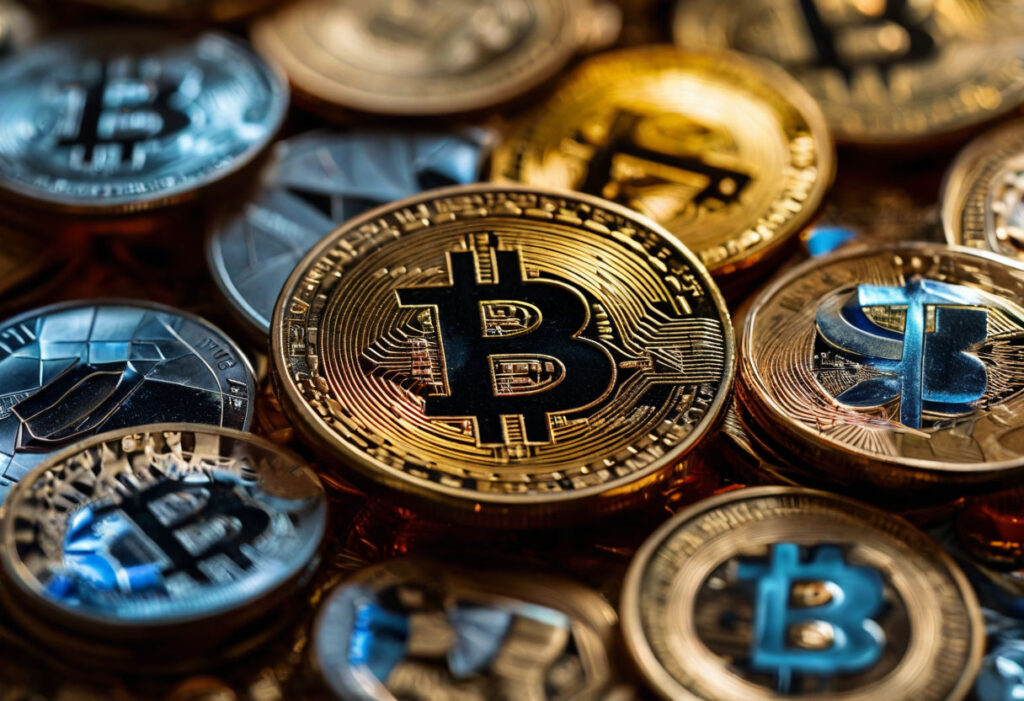FTX’s $1.9 Billion Payout Plan: A Closer Look
The FTX bankruptcy estate will start distributing $1.9 billion to creditors on September 30, a key milestone in its bankruptcy process. This payout comes after settling disputed claims, which cut the reserve for such claims from $6.5 billion to $4.3 billion. It represents FTX‘s third attempt to compensate those impacted by its downfall.
Navigating Legal and Jurisdictional Challenges
The plan encounters legal obstacles, especially in China and regions with strict crypto laws. FTX has sought more time to respond to over 90 objections against pausing repayments in these areas. This highlights the difficulty of applying international crypto regulations in bankruptcy cases.
Addressing Creditors’ Concerns
Creditors, particularly in China, oppose the repayment freeze. With $1.4 billion in FTX claims still pending, this case could guide future global crypto bankruptcy handling. Critics argue the estate’s strategy might invalidate claims from certain jurisdictions.
Implications for the Crypto Market
The crypto world is closely monitoring FTX‘s bankruptcy and creditor repayment methods. The results may shape how digital asset insolvencies are approached, balancing creditor rights against regulatory hurdles.
FTX vs. Other Crypto Bankruptcies: A Comparison
When compared to other cases, FTX‘s bankruptcy reveals the unique issues of global crypto operations. Its navigation through these challenges offers lessons for the sector.
The Need for Clearer Crypto Regulations
The FTX situation stresses the urgency for defined rules on crypto bankruptcies. As the industry grows, setting standards that safeguard creditors and market stability is essential.
Key Lessons from the FTX Bankruptcy
- Transparent and equitable creditor repayment processes are vital.
- International regulatory compliance presents significant challenges.
- Such cases could influence future crypto regulations and practices.
What Lies Ahead for Crypto Bankruptcies
The FTX case might set a precedent for future crypto bankruptcies. Its resolution could affect creditor rights, regulatory strategies, and the crypto market’s overall health.

